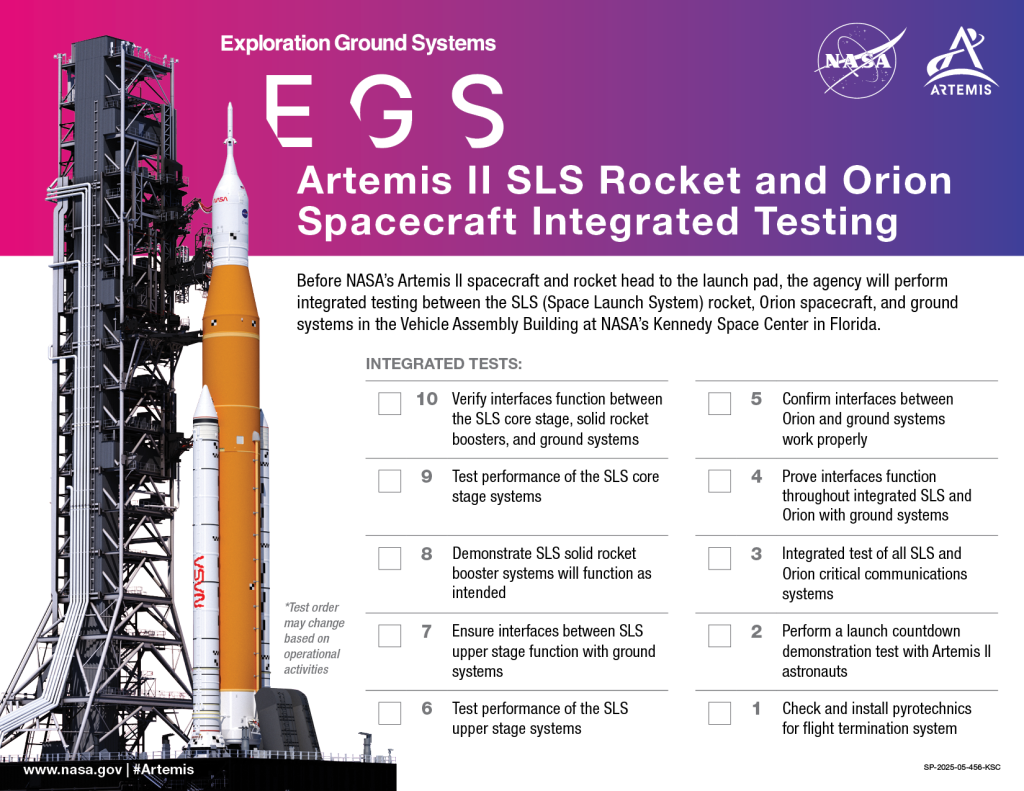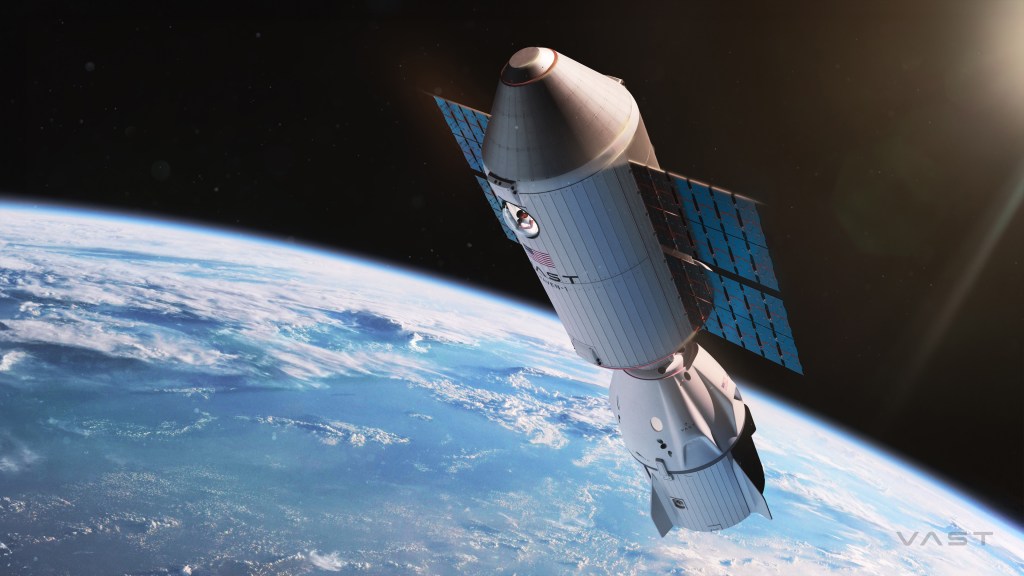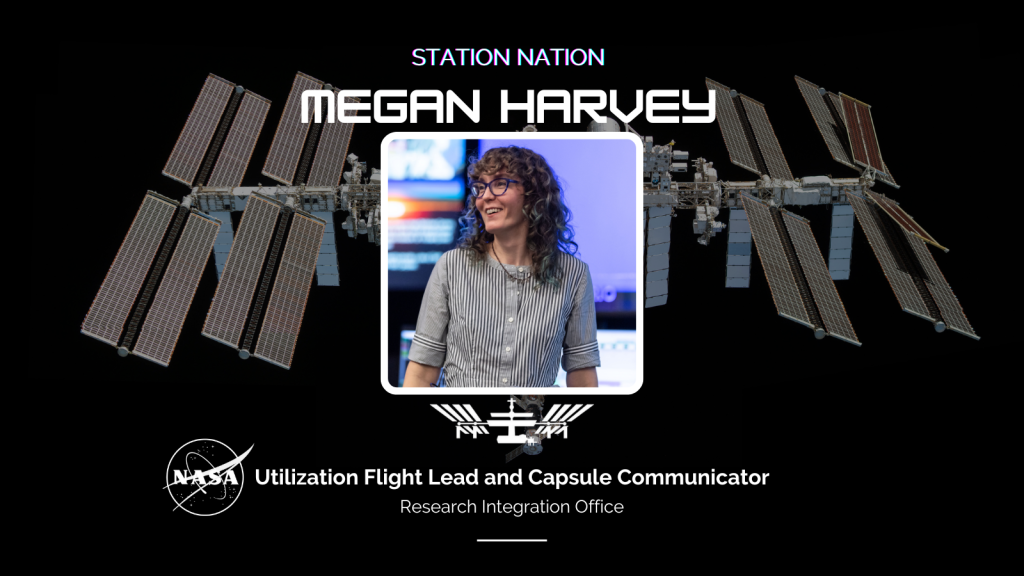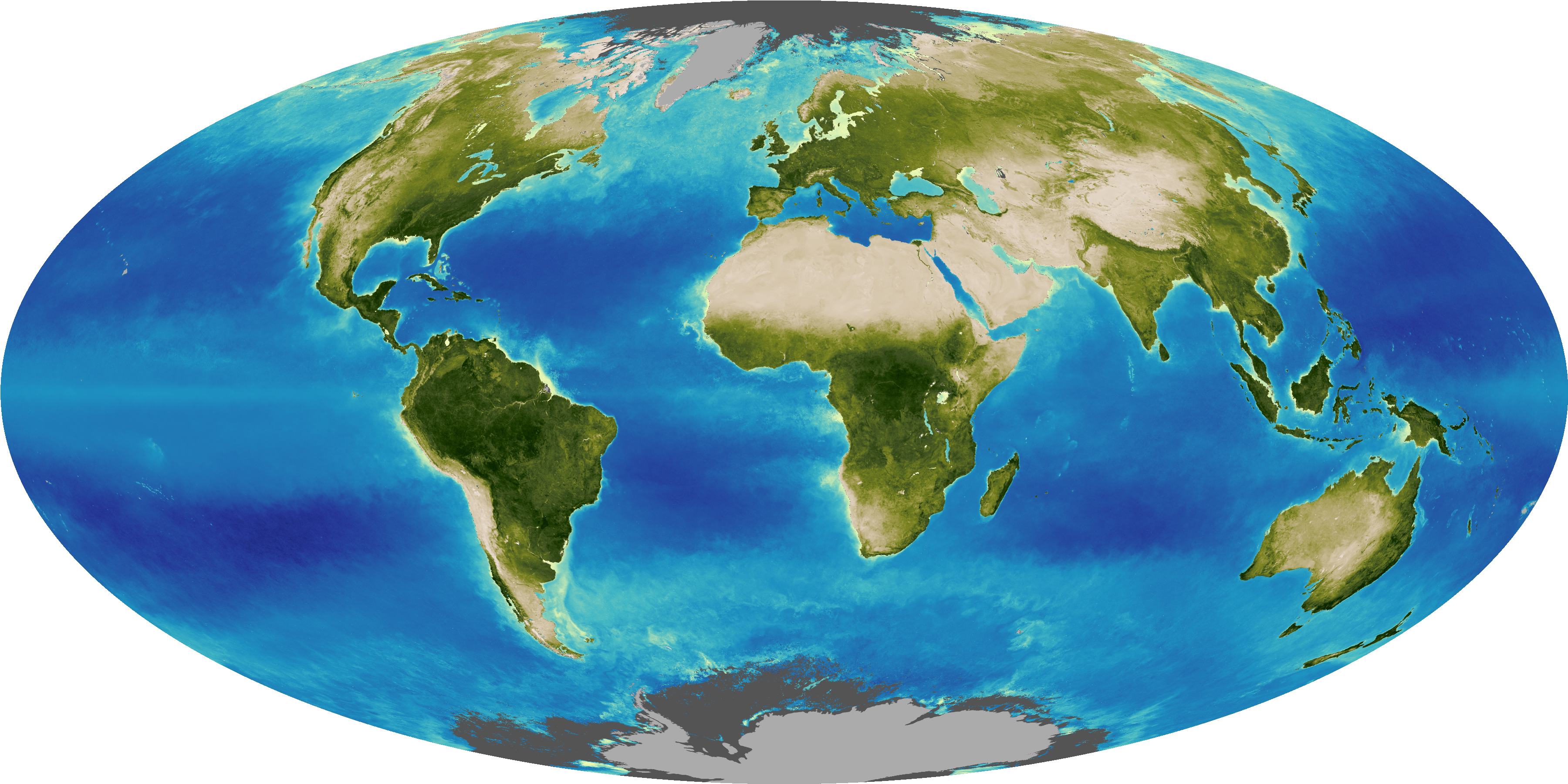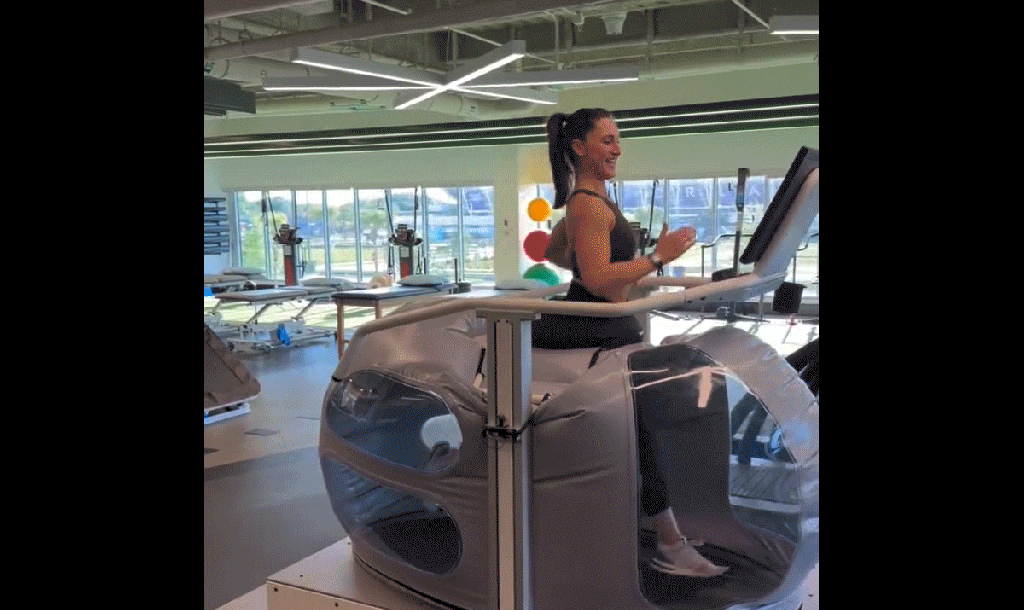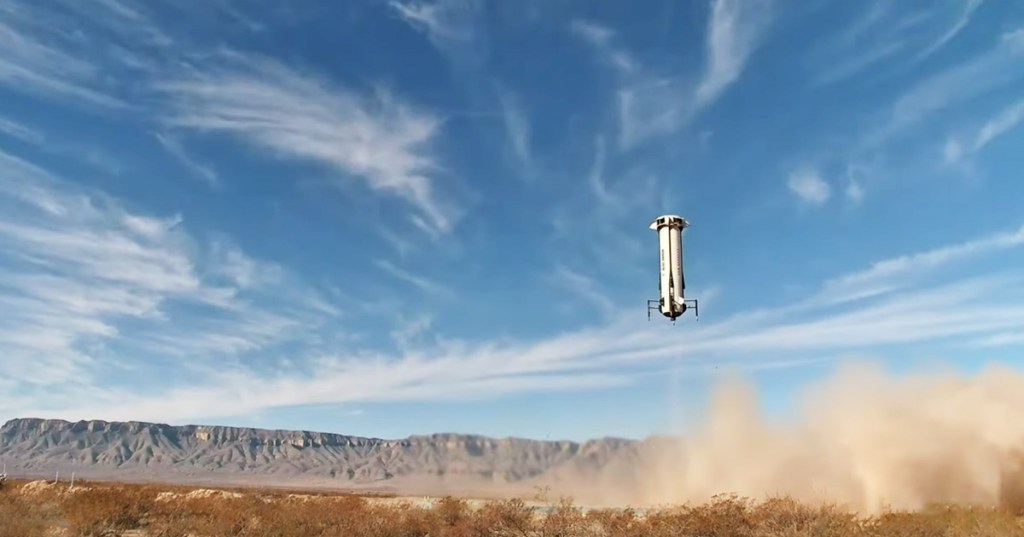This week in 1961, the first Saturn I rocket, SA-1, arrived at NASA’s Kennedy Space Center. The SA-1 mission was used to demonstrate the validity of the clustered engine concept as well as test the aerodynamic and structural design of the Saturn I booster. The dummy second stage was ballasted with 11,000 gallons of water and a dummy third stage was ballasted with 12,000 additional gallons of water. Here, the booster stage of the SA-1 is erected on the pad for its Oct. 27, 1961, launch. NASA’s Marshall Space Flight Center designed, developed and managed the production of the Saturn family of rockets that took astronauts to the Moon. Today, Marshall is developing NASA’s Space Launch System, the most powerful rocket ever built, capable of sending astronauts to the Moon, Mars and deeper into space than ever before. The NASA History Program is responsible for generating, disseminating and preserving NASA’s remarkable history and providing a comprehensive understanding of the institutional, cultural, social, political, economic, technological and scientific aspects of NASA’s activities in aeronautics and space. For more pictures like this one and to connect to NASA’s history, visit the Marshall History Program’s webpage. (NASA)
1 min read





